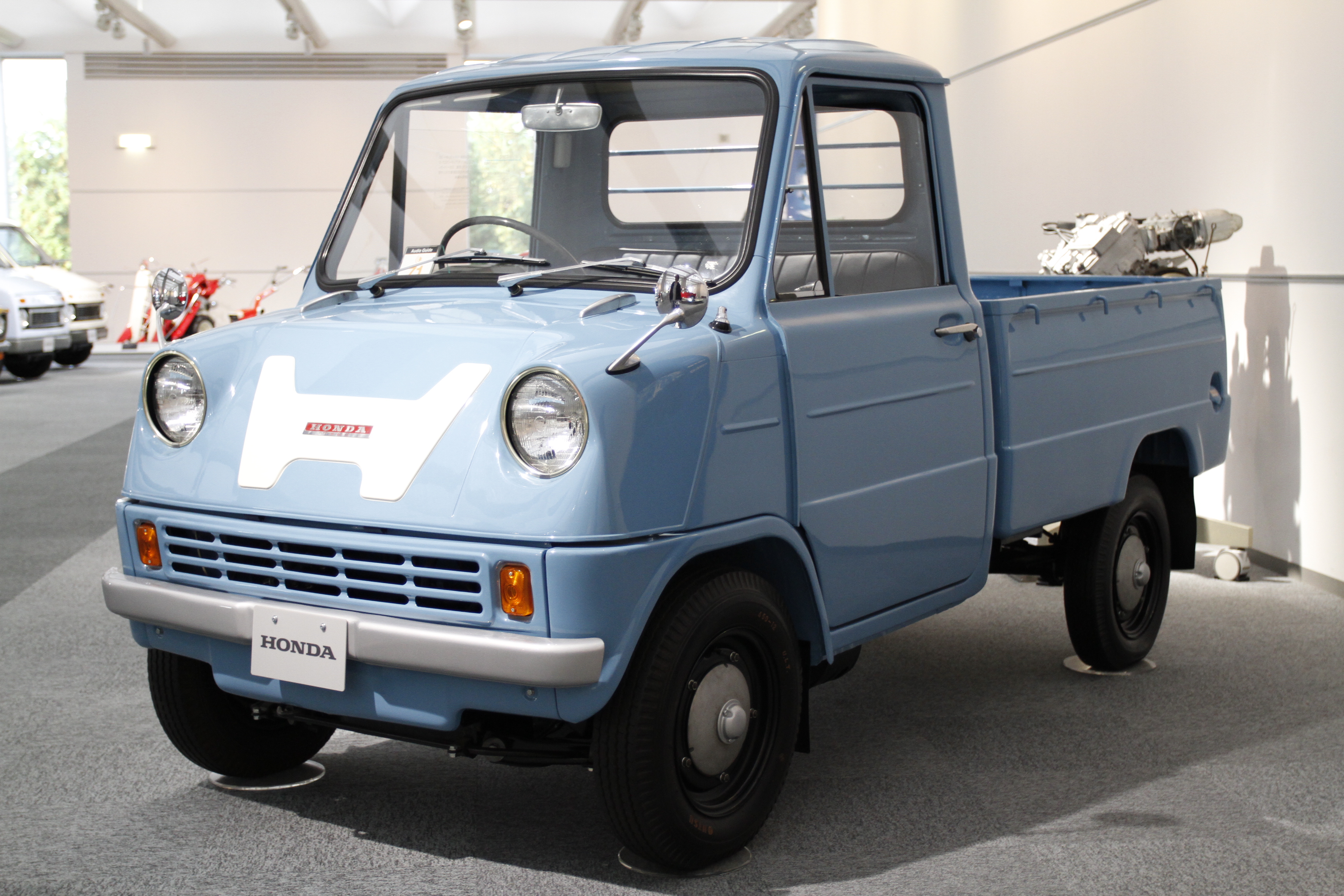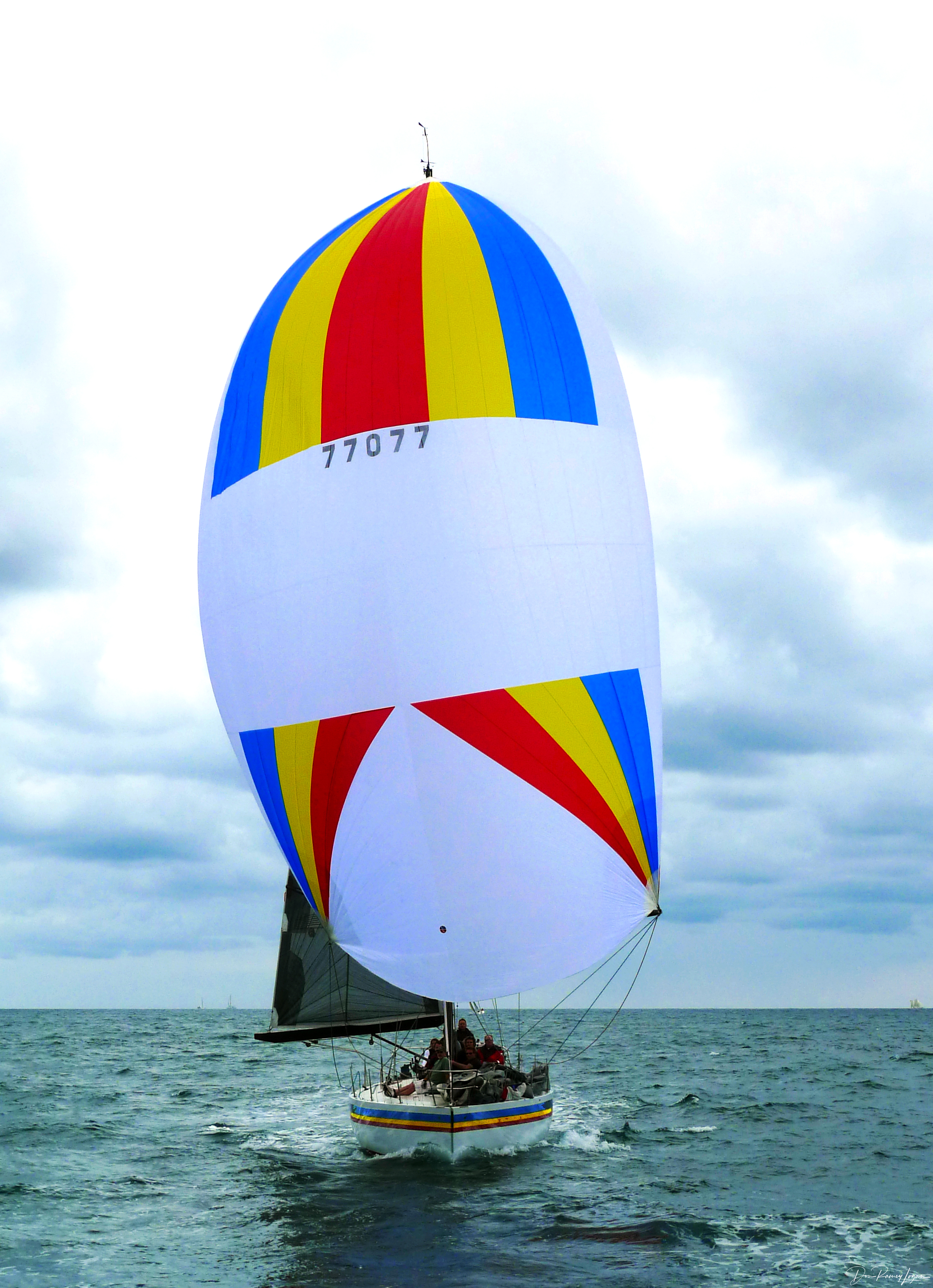|
Laser 28
The Laser 28 is a Canadian-built sailboat designed by New Zealander Bruce Farr and first produced in 1984. Production The boat was built by Performance Sailcraft, the builder of the Laser dinghy, in Canada from 1984 until 1990, but it is now out of production. Production-level manufacturing was started in March 1984 and the first customer deliveries were made in October 1984 Early versions were hand-laid, while later ones were produced using a closed-mold process. The company specifically planned that the Laser 28 would be the sole keelboat offered and did not intend to produce a graduated line of boats, unlike other manufacturers at that time. Development The Laser 28's design started in 1978, following the success of the Laser dinghy, with the intention to produce a keelboat equivalent, for the Laser sailors who would outgrow the Laser, just need a keelboat as they aged, or for family cruising and racing. In 1980 Ian Bruce, president of Performance Sailcraft decided to ... [...More Info...] [...Related Items...] OR: [Wikipedia] [Google] [Baidu] |
Bruce Farr
Bruce Kenneth Farr (born 1949 in Auckland) is a New Zealand designer of racing and cruising yachts. Farrdesigned boats have won, challenged for, or placed highly in the Whitbread Round the World Race, America's Cup, and Sydney to Hobart Yacht Race, among others. Farr's services to yacht design were recognised in the 1990 Queen's Birthday Honours, when he was appointed an Officer of the Order of the British Empire. He currently lives near Annapolis, Maryland, USA. Early boats Farr began building boats at the age of 13 near Warkworth north of Auckland. His first boats were plywood hard chine Moth class designs. He later designed and built variants of Cherubs and especially Flying 18s. His early designs were built in plywood with a focus on light weight and good planing shapes. By his late teens he was designing small lightweight keel boats that were successful on the race course. He first achieved acclaim as a sailboat designer in the highly competitive 18ft Skiff class, pop ... [...More Info...] [...Related Items...] OR: [Wikipedia] [Google] [Baidu] |
Hull Speed
Hull speed or displacement speed is the speed at which the wavelength of a vessel's bow wave is equal to the waterline length of the vessel. As boat speed increases from rest, the wavelength of the bow wave increases, and usually its crest-to-trough dimension (height) increases as well. When hull speed is exceeded, a vessel in displacement mode will appear to be climbing up the back of its bow wave. From a technical perspective, at hull speed the bow and stern waves interfere constructively, creating relatively large waves, and thus a relatively large value of wave drag. Ship drag for a displacement hull increases smoothly with speed as hull speed is approached and exceeded, often with no noticeable inflection at hull speed. The concept of hull speed is not used in modern naval architecture, where considerations of speed/length ratio or Froude number are considered more helpful. Background As a ship moves in the water, it creates standing waves that oppose its movement. Thi ... [...More Info...] [...Related Items...] OR: [Wikipedia] [Google] [Baidu] |
Mainsail
A mainsail is a sail rigged on the main mast of a sailing vessel. * On a square rigged vessel, it is the lowest and largest sail on the main mast. * On a fore-and-aft rigged vessel, it is the sail rigged aft of the main mast. The sail's foot is normally attached to a boom. (In extremely heavy weather, the mainsail may be lowered, and a much smaller trysail hoisted in its place). Historical fore-and-aft rigs used a four-sided gaff rigged mainsail, sometimes setting a gaff topsail above it. Whereas once the mainsail was typically the largest sail, today the mainsail may be smaller than the jib or genoa; Prout catamarans typically have a mainmast stepped further aft than in a standard sloop, so that the mainsail is much smaller than the foresail. Bermuda rig The modern Bermuda rig uses a triangular mainsail aft of the mast, closely coordinated with a jib for sailing upwind. A large overlapping jib or genoa is often larger than the mainsail. In downwind conditions (with t ... [...More Info...] [...Related Items...] OR: [Wikipedia] [Google] [Baidu] |
Saildrive
A saildrive is a transmission system for a boat whose inboard engine has a horizontal output shaft. The saildrive's input shaft is therefore also horizontal. That input shaft is geared so as to drive a vertical intermediate shaft extending downward through the hull. The intermediate shaft is then geared so as to drive a horizontal propeller shaft mounted on a skeg outside the hull. The transitions from horizontal to vertical and then back to horizontal can be seen as a Z shape, and saildrives are indeed similar to the Z-drive transmissions used on larger vessels. The difference between a saildrive and a Z-drive is that a saildrive's propeller shaft is fixed in place, pointing aft, whereas a Z-drive's propeller shaft can be rotated to any azimuth. Traditional sailboat transmissions consist of a simple horizontal output shaft extended rearward from the engine, through the stern via a stuffing box. The saildrive has several advantages over the traditional sailboat transmission ... [...More Info...] [...Related Items...] OR: [Wikipedia] [Google] [Baidu] |
Volvo
The Volvo Group ( sv, Volvokoncernen; legally Aktiebolaget Volvo, shortened to AB Volvo, stylized as VOLVO) is a Swedish multinational manufacturing corporation headquartered in Gothenburg. While its core activity is the production, distribution and sale of trucks, buses and construction equipment, Volvo also supplies marine and industrial drive systems and financial services. In 2016, it was the world's second-largest manufacturer of heavy-duty trucks. Automobile manufacturer Volvo Cars, also based in Gothenburg, was part of AB Volvo until 1999, when it was sold to the Ford Motor Company. Since 2010 Volvo Cars has been owned by the automotive company Geely Holding Group. Both AB Volvo and Volvo Cars share the Volvo logo and cooperate in running the Volvo Museum in Sweden. The corporation was first listed on the Stockholm Stock Exchange in 1935, and was on the NASDAQ indices from 1985 to 2007. Volvo was established in 1915 as a subsidiary of SKF, a ball bearing manufacturer; ... [...More Info...] [...Related Items...] OR: [Wikipedia] [Google] [Baidu] |
Honda
is a Japanese public multinational conglomerate manufacturer of automobiles, motorcycles, and power equipment, headquartered in Minato, Tokyo, Japan. Honda has been the world's largest motorcycle manufacturer since 1959, reaching a production of 400 million by the end of 2019, as well as the world's largest manufacturer of internal combustion engines measured by volume, producing more than 14 million internal combustion engines each year. Honda became the second-largest Japanese automobile manufacturer in 2001. In 2015, Honda was the eighth largest automobile manufacturer in the world. Honda was the first Japanese automobile manufacturer to release a dedicated luxury brand, Acura, in 1986. Aside from their core automobile and motorcycle businesses, Honda also manufactures garden equipment, marine engines, personal watercraft, power generators, and other products. Since 1986, Honda has been involved with artificial intelligence/robotics research and released their ASIMO rob ... [...More Info...] [...Related Items...] OR: [Wikipedia] [Google] [Baidu] |
Keel
The keel is the bottom-most longitudinal structural element on a vessel. On some sailboats, it may have a hydrodynamic and counterbalancing purpose, as well. As the laying down of the keel is the initial step in the construction of a ship, in British and American shipbuilding traditions the construction is dated from this event. Etymology The word "keel" comes from Old English , Old Norse , = "ship" or "keel". It has the distinction of being regarded by some scholars as the first word in the English language recorded in writing, having been recorded by Gildas in his 6th century Latin work ''De Excidio et Conquestu Britanniae'', under the spelling ''cyulae'' (he was referring to the three ships that the Saxons first arrived in). is the Latin word for "keel" and is the origin of the term careen (to clean a keel and the hull in general, often by rolling the ship on its side). An example of this use is Careening Cove, a suburb of Sydney, Australia, where careening was carried out ... [...More Info...] [...Related Items...] OR: [Wikipedia] [Google] [Baidu] |
Fibreglass
Fiberglass (American English) or fibreglass (Commonwealth English) is a common type of fiber-reinforced plastic using glass fiber. The fibers may be randomly arranged, flattened into a sheet called a chopped strand mat, or woven into glass cloth. The plastic matrix may be a thermoset polymer matrix—most often based on thermosetting polymers such as epoxy, polyester resin, or vinyl ester resin—or a thermoplastic. Cheaper and more flexible than carbon fiber, it is stronger than many metals by weight, non-magnetic, non-conductive, transparent to electromagnetic radiation, can be molded into complex shapes, and is chemically inert under many circumstances. Applications include aircraft, boats, automobiles, bath tubs and enclosures, swimming pools, hot tubs, septic tanks, water tanks, roofing, pipes, cladding, orthopedic casts, surfboards, and external door skins. Other common names for fiberglass are glass-reinforced plastic (GRP), glass-fiber reinforced plastic (GFRP) or ... [...More Info...] [...Related Items...] OR: [Wikipedia] [Google] [Baidu] |
Laser 28 Sailboat Cavale 0674
A laser is a device that emits light through a process of optical amplification based on the stimulated emission of electromagnetic radiation. The word "laser" is an acronym for "light amplification by stimulated emission of radiation". The first laser was built in 1960 by Theodore H. Maiman at Hughes Research Laboratories, based on theoretical work by Charles Hard Townes and Arthur Leonard Schawlow. A laser differs from other sources of light in that it emits light which is ''coherent''. Spatial coherence allows a laser to be focused to a tight spot, enabling applications such as laser cutting and lithography. Spatial coherence also allows a laser beam to stay narrow over great distances ( collimation), enabling applications such as laser pointers and lidar (light detection and ranging). Lasers can also have high temporal coherence, which allows them to emit light with a very narrow spectrum. Alternatively, temporal coherence can be used to produce ultrashort pulses of light ... [...More Info...] [...Related Items...] OR: [Wikipedia] [Google] [Baidu] |
Spinnaker
A spinnaker is a sail designed specifically for sailing off the wind on courses between a reach (wind at 90° to the course) to downwind (course in the same direction as the wind). Spinnakers are constructed of lightweight fabric, usually nylon, and are often brightly colored. They may be designed to perform best as either a reaching or a running spinnaker, by the shaping of the panels and seams. They are attached at only three points and said to be ''flown''. Nomenclature Informal names for a spinnaker are ''kite'' or ''chute'' (owing to their resemblance to a parachute in both construction and appearance). Boats may have more than one spinnaker, differentiated by a letter to indicate symmetric (S) or asymmetric (A) and a number to indicate size (with higher numbers indicating smaller size), e.g. ''A1'' would be a large asymmetric sail and ''S3'' would be a smaller symmetric sail. Operation A spinnaker is used for sailing with the direction of the wind. Symmetrical ... [...More Info...] [...Related Items...] OR: [Wikipedia] [Google] [Baidu] |





